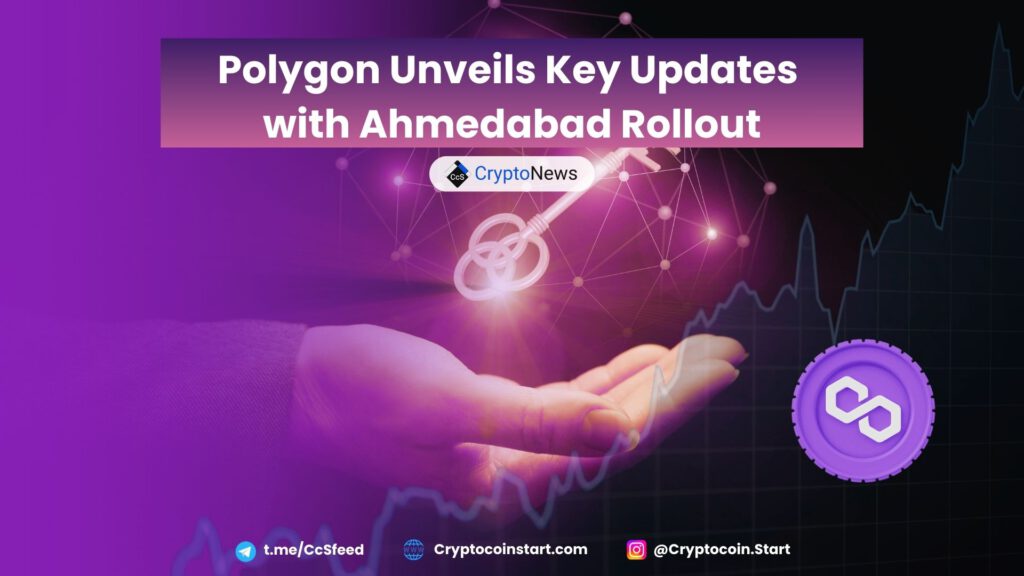
Significance of the Ahmedabad Update
Polygon’s recent completion of the Ahmedabad update marks a pivotal moment for the network’s Proof-of-Stake mainnet. Following this update, Polygon’s price experienced a notable 5% surge, fueled by an uplift in market sentiment. This upgrade aims to enhance both developer and user experiences, potentially boosting engagement within the network.
What Changes Does the Ahmedabad Update Bring?
The Ahmedabad update, rigorously tested on the Amoy testnet, introduces several key enhancements designed to increase Polygon’s efficiency. Central to this update are the Polygon Improvement Proposals (PIPs) 30, 36, and 45.
- PIP-30: Expands the maximum code size from 24KB to 32KB, allowing developers to create more sophisticated decentralized applications.
- PIP-36 and PIP-45: Additional improvements aimed at enhancing overall network performance and developer capabilities.
Impact of the Transition from MATIC to POL
The update also signifies a major transition from MATIC to POL as Polygon’s native currency, with WMATIC transitioning to WPOL. This shift establishes a more POL-centric structure within the Polygon ecosystem.
In alignment with these changes, all node operators, validators, and infrastructure providers have upgraded to the latest Bor and Erigon versions, ensuring seamless blockchain operations.
Market Reactions and Sentiment
The Ahmedabad update coincides with a rise in POL’s price by over 5%, attributed to improved market sentiment. According to IntoTheBlock, approximately 61.38% of POL address holders are currently profiting—a figure likely to grow if Bitcoin maintains a price above $65,000. Additionally, Coinbase’s prompt resolution of transaction delays on the Polygon network has further boosted this positive trend, preventing investor losses and ensuring transactional fluidity.
Long-Term Implications for the Polygon Ecosystem
The upgrade has significantly advanced the network’s technical infrastructure, creating a more conducive environment for developers. As we progress, examining growth data from the September 26 update will provide clearer insights into the long-term effects on the Polygon ecosystem.
Conclusion
Polygon’s forward-thinking approach with the Ahmedabad update not only addresses current challenges but also lays the groundwork for future innovations and increased network adoption. By enabling more complex applications and transitioning to the POL token, Polygon positions itself for sustained growth and adaptability in the ever-evolving blockchain landscape.

